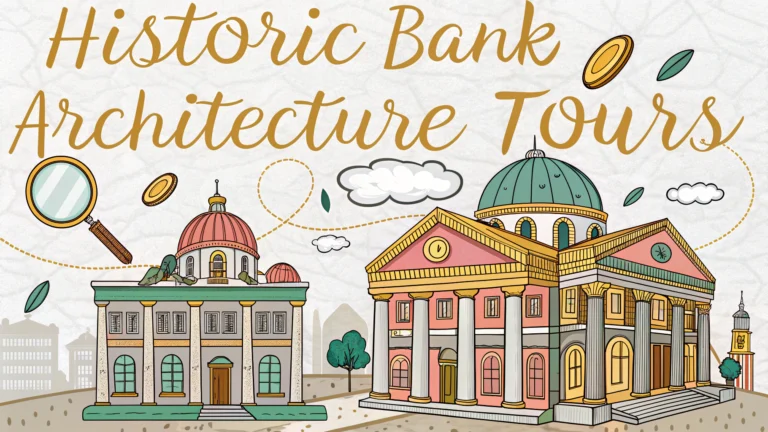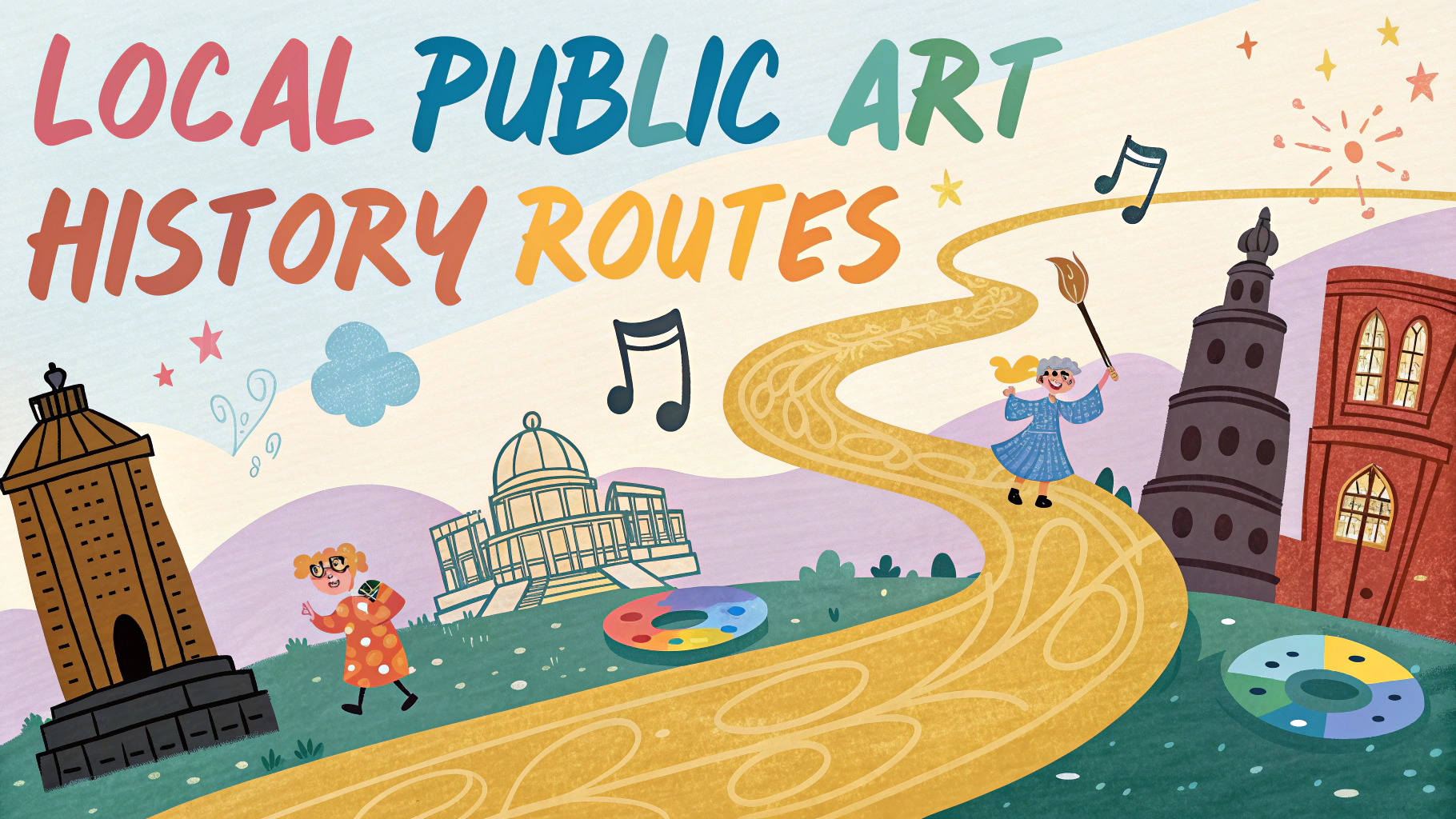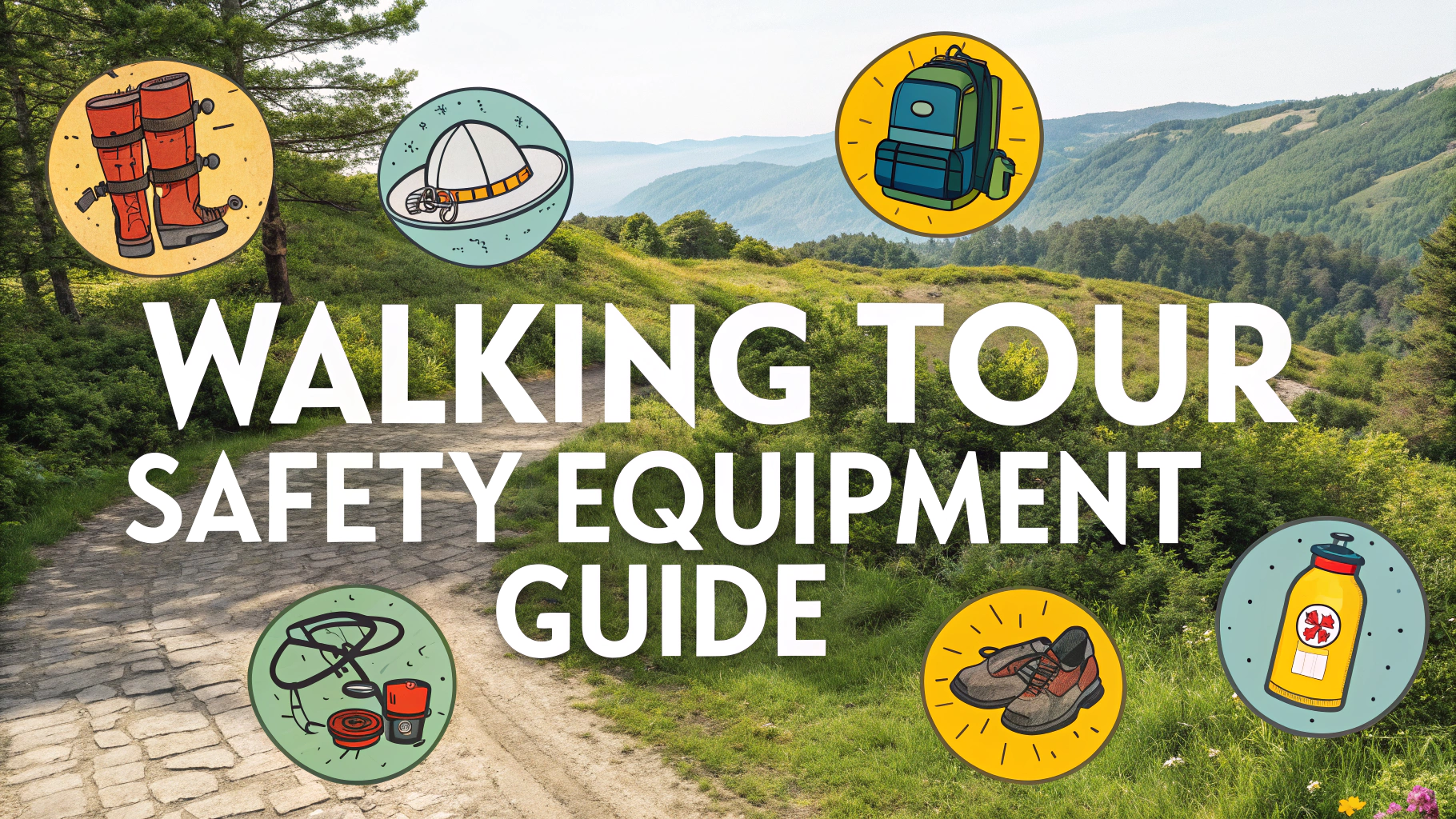Historic bank architecture tours showcase magnificent buildings that once housed financial institutions, offering glimpses into an era when banks were built to convey permanence, security, and grandeur.
Planning Your Bank Architecture Walking Tour
Most historic banks are concentrated in downtown financial districts, making them perfect for self-guided walking tours.
- Download offline maps before starting
- Wear comfortable walking shoes
- Bring a camera with wide-angle lens
- Start early morning for best lighting and fewer crowds
- Allow 2-3 hours for a thorough exploration
Common Architectural Features to Spot
- Greek Revival columns – Symbolizing strength and stability
- Bronze doors – Often elaborately decorated
- Stone facades – Usually granite or marble
- Ornate cornices – Detailed roof trim work
- Banking halls – High ceilings with elaborate details
Notable U.S. Cities for Bank Architecture
| City | Notable Buildings | Best Time to Visit |
|---|---|---|
| New York | 55 Wall Street, Federal Hall | Spring/Fall |
| Chicago | Federal Reserve Bank, Northern Trust | Summer |
| Philadelphia | First Bank of the United States | Spring |
Photography Tips
- Shoot during golden hour for best lighting
- Capture both exterior details and wide shots
- Look for unique angles and perspectives
- Focus on architectural details like cornices and columns
Access Tips
Many historic banks have been converted into museums, restaurants, or other public spaces.
Call ahead to check interior access as some buildings maintain limited visiting hours.
Some locations offer guided tours by appointment – contact building management directly.
Additional Resources
- Local architectural preservation societies
- City historical societies
- Downtown business improvement districts
- Architecture schools’ archives
Contact the National Trust for Historic Preservation (savingplaces.org) for additional tour information and preservation efforts.
Transportation and Access
Most historic bank districts are easily accessible via public transportation or rideshare services. Parking can be challenging in downtown areas.
- Public transit stops are typically within walking distance
- Weekend parking is often more available and cheaper
- Many districts offer bike-sharing stations
- Consider guided bus tours for multiple locations
Safety and Etiquette
General Guidelines
- Respect active banking operations
- Follow photography restrictions
- Keep voices down in occupied buildings
- Stay with tour groups when required
Seasonal Considerations
Weather and seasonal events can impact your architectural tour experience.
- Winter offers clearer views with bare trees
- Summer festivals may limit building access
- Spring and fall provide moderate temperatures
- Holiday decorations add historic charm
Conclusion
Historic bank architecture tours provide unique insights into America’s financial and architectural heritage. Planning ahead, understanding access restrictions, and bringing proper equipment ensures a rewarding experience exploring these magnificent structures.
Consider joining local preservation groups to support ongoing conservation efforts and gain exclusive access to special tours and events.
FAQs
- What architectural styles are commonly found in historic bank buildings?
Classical Revival, Beaux-Arts, and Neoclassical styles dominate historic bank architecture, featuring columns, pediments, and grand stone facades that convey stability and permanence. - What is the best time of day to photograph historic bank buildings?
Early morning or late afternoon provides optimal lighting conditions, when the sun’s angle creates dramatic shadows that highlight architectural details and minimize harsh glare on stone surfaces. - How can I identify original architectural features versus later additions in historic banks?
Look for changes in building materials, construction techniques, and stylistic inconsistencies. Original features typically show consistent craftsmanship and materials matching the building’s era. - What safety considerations should I keep in mind when touring historic bank buildings?
Respect private property boundaries, obtain necessary permissions for interior access, stay on designated public walkways, and be mindful of current banking operations if the building is still active. - Why were historic banks typically built on corner lots?
Corner locations offered maximum visibility, accessibility from two streets, and prominent positioning that symbolized the bank’s importance in the community’s economic life. - What significant architectural elements should I look for during a bank walking tour?
Notice the vaulted ceilings, ornate cornices, decorative moldings, bronze or brass fixtures, marble floors, and detailed stonework that characterize historic bank architecture. - Which are the most historically significant bank buildings in major U.S. cities?
Notable examples include the Federal Reserve Bank of New York, Philadelphia’s First Bank of the United States, and Boston’s State Street Bank Building, all landmarks of American financial architecture. - How long should I plan for a self-guided historic bank architecture tour?
Plan 2-3 hours for a typical downtown walking tour covering 6-8 historic bank buildings, allowing time for photography and detailed observation of architectural features. - What resources help identify the history and significance of bank buildings on the tour?
National Register of Historic Places listings, local historical society records, architectural guidebooks, and historical marker programs provide detailed information about historic bank buildings. - How did security features influence historic bank architectural design?
Security considerations led to fortress-like designs with thick walls, limited ground-floor windows, impressive vaults, and elevated teller stations, all integrated into the architectural aesthetic.








